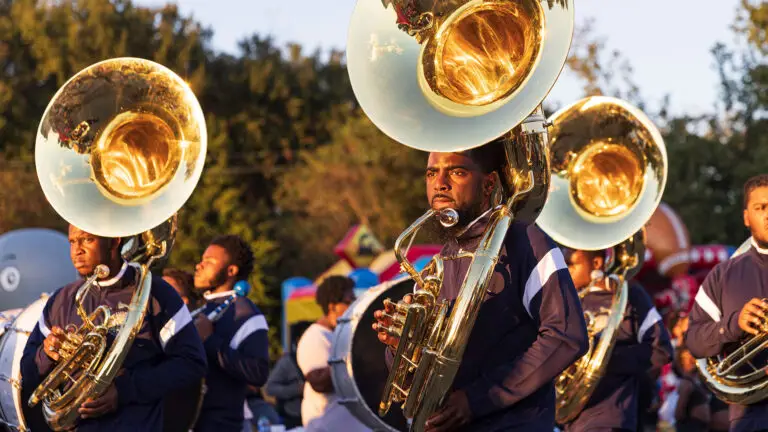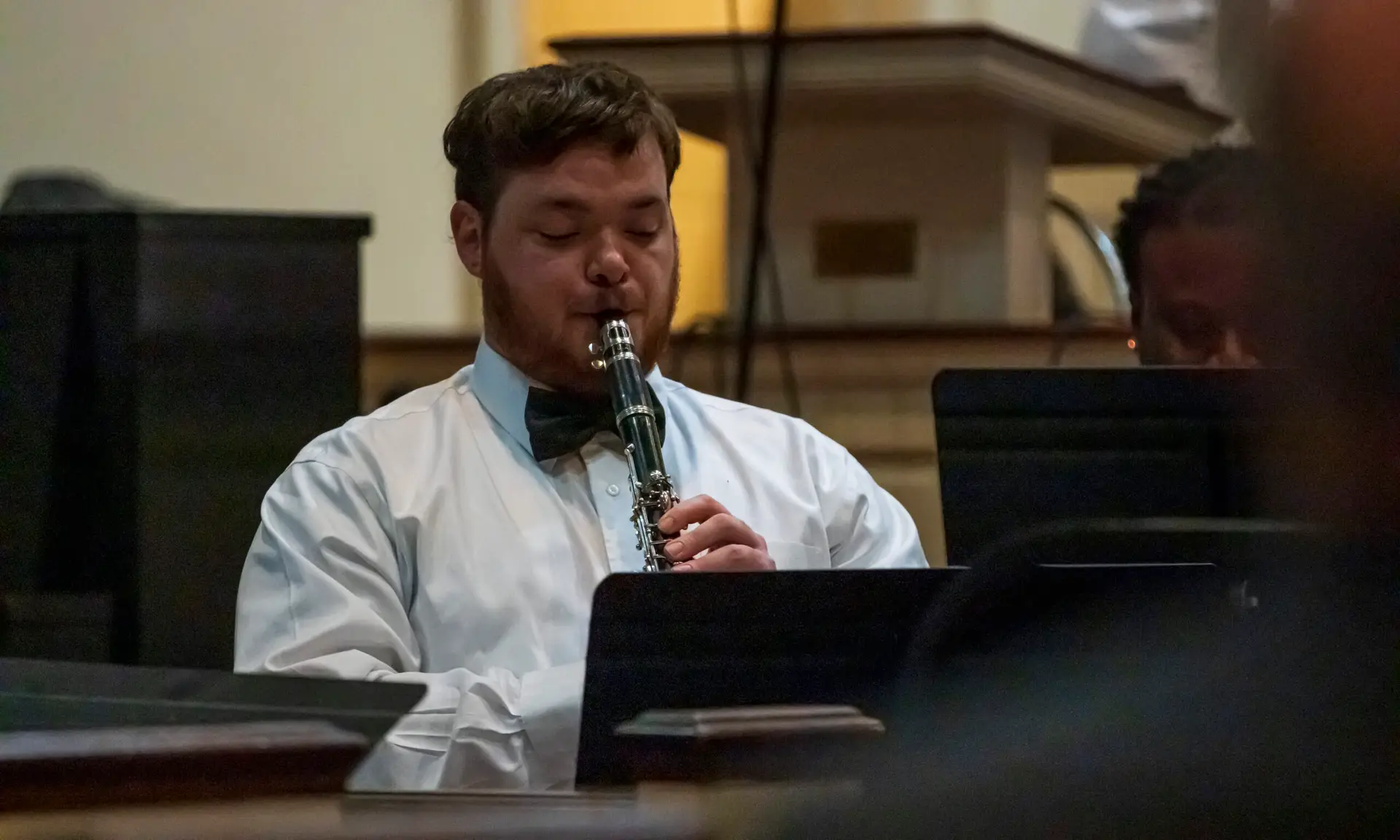Empower students to forge genuine, joyful, and purposeful lives in a diverse and changing world through creative and original self-expression.
Assist students to discover their voice, refining their talents, and make bold, courageous choices.
Prepare students to contribute to local and global society with their heads and their hearts.





